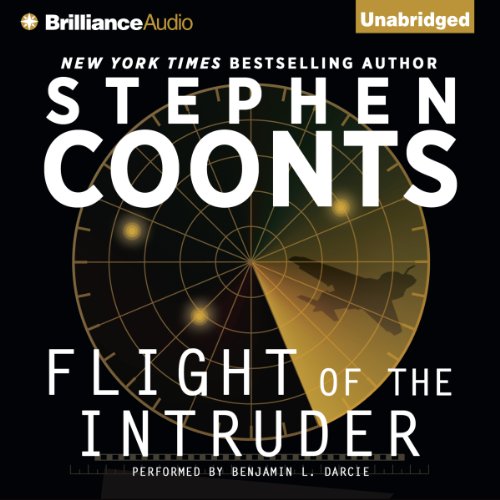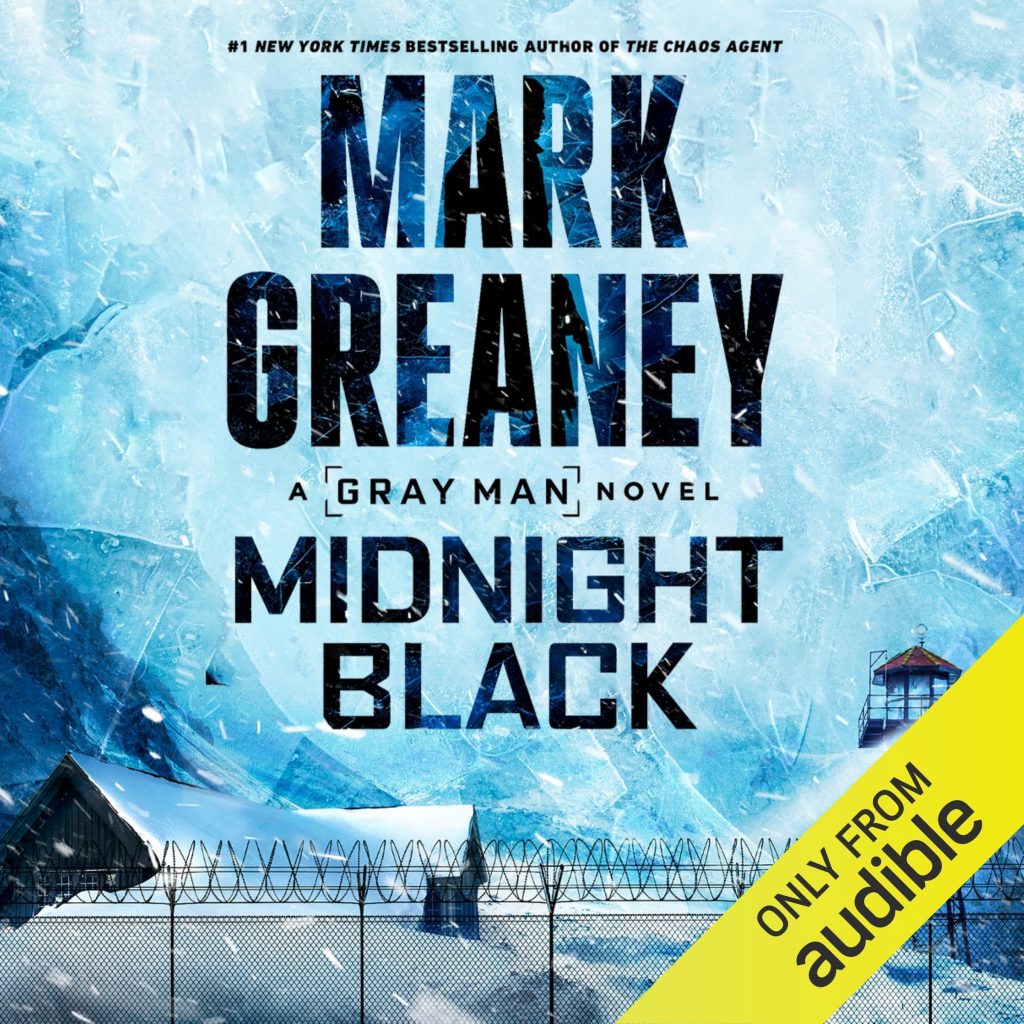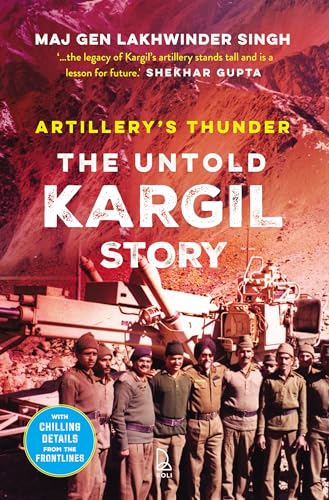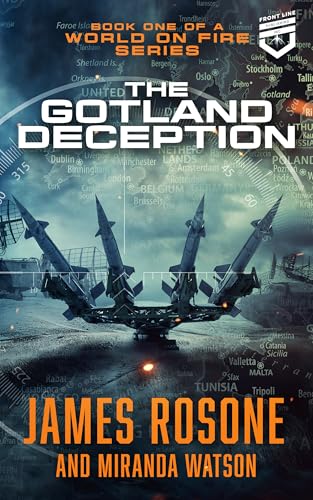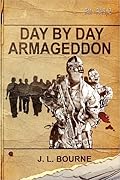
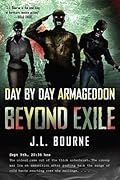

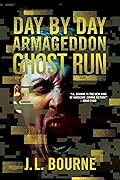
I recently finished all four books in the Day by Day Armageddon series on Audible. All of them are narrated by Jay Snider, who does an amazing job across the series. His voice brings the tension, fear and loneliness of a zombie apocalypse to life in a very natural way. Even when the story dipped for me at times, his narration kept me going.
The series as a whole was enjoyable. I liked the atmosphere and the survival focus. Some books worked better than others, but I am happy I listened to all four.
Here are my thoughts on each book.
Book 1: Day by Day Armageddon

The first book is still my favorite. It is written in a diary format and pulls you in right from the start. You feel the panic and confusion as the world collapses around the main character. The simple day by day entries make it feel real and personal.
Jay Snider’s narration fits perfectly. His calm but tense delivery keeps the suspense high and makes you want to know what happens next. This book gave me a strong start to the series and made me excited to continue.
Book 2: Beyond Exile

The second book continues the story, but it did not land as well for me. The first book focused on personal survival and the emotional weight of the apocalypse. This one moves more into a military style adventure. It has missions, more action and a wider plot. I missed the close and intimate tone from the first book.
Characters like John, Annabelle, Jan and William appear only for a short while. Even Tara, who seems important at first, gets very little time. The shift in tone made me feel less connected to the story.
The one thing that kept the book enjoyable was Jay Snider’s narration. He always brings life to the story. Even when the plot did not work for me as much, his voice kept me engaged.
Book 3: Shattered Hourglass

The third book grows the world even more by adding many new military characters. This makes the story feel bigger, but it also takes away the personal feeling from the earlier books. The original protagonist hardly has any role this time, which was a surprise.
At times, I felt like this could have been the final book. The story expands, the stakes rise and it feels like things are moving toward an ending. But the author chose to continue with a fourth book.
Jay Snider once again delivers a great performance.
Book 4: Ghost Run

The fourth book returns to a more personal journey. Most of the story follows the main character alone as he moves through empty towns and dangerous spaces. Other people appear, but only for short moments. At first I wanted more interaction, but later I saw how well it matched the feeling of a dead and broken world.
The plot has some tense moments and I enjoyed many parts of it. The ending could have been a bit stronger, but it does wrap things up in a way that works. It also leaves a small space for future books if the author ever decides to continue.
Jay Snider shines again with the narration. His tone captures both the silence and the danger around every corner.
Final Thoughts
The Day by Day Armageddon series is a mixed experience, but a good one overall. I enjoyed the survival theme, the lonely atmosphere and the sense of a world falling apart. Some places in the books drifted away from what I liked most about the series, but there were always enough good moments to keep me listening.
Jay Snider is the real star for me. His narration lifted every book and made the whole series more immersive.
If you enjoy zombie stories with a mix of survival, action and tension, this series is worth trying. My final rating for the whole series is 3 out of 5.


